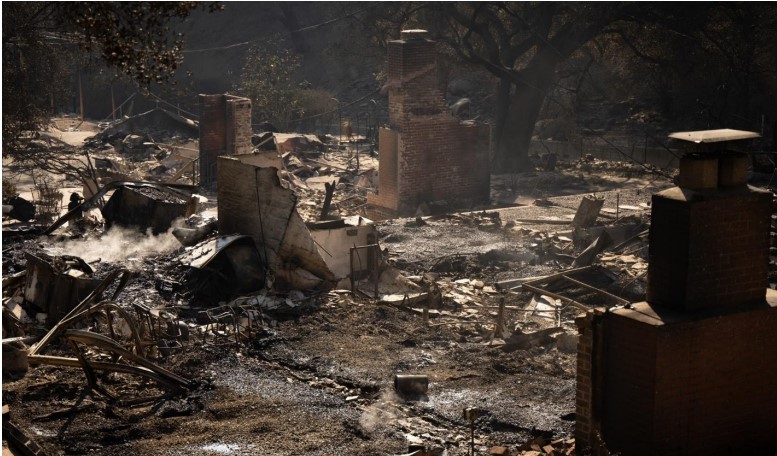AMSAT-EA has confirmed that the FM repeater aboard the HADES-R satellite has been successfully activated and is now available for amateur radio operators worldwide. The activation took place on February 19th, 2025, following a series of telemetry and command tests to ensure the satellite’s stability and performance. Early reports indicate that the repeater is functioning as expected, providing strong two-way FM voice communications. AMSAT-EA expressed its gratitude to the amateur radio community for submitting telemetry reports, which contributed to the successful commissioning of the satellite.
HADES-R was launched aboard a Falcon 9 rocket from Vandenberg Space Force Base in California on January 14th, 2025, as part of SpaceX’s Transporter-12 mission. Developed by AMSAT-EA, the satellite carries an FM and digital repeater payload designed to provide communication services to amateur radio enthusiasts worldwide. It was deployed from the D-Orbit ION-SCV-016 orbital transfer vehicle on January 22nd and has since been transmitting telemetry data while undergoing operational testing. With the repeater now active, operators can use the uplink frequency of 145.925 MHz and the downlink frequency of 436.885 MHz for communication, with additional support for digital modes such as APRS and FSK telemetry at various data rates.
At the request of AMSAT-EA, AMSAT has officially designated HADES-R as Spain-OSCAR 124 (SO-124) in recognition of its contributions to amateur satellite communications. This designation underscores the satellite’s role in expanding access to space-based communications for the amateur radio community. AMSAT congratulates AMSAT-EA on this achievement and looks forward to the continued success of this and future projects. Meanwhile, amateur radio operators eagerly anticipate the upcoming launch of HADES-ICM on the Transporter-13 mission in March 2025, which will further enhance satellite-based communication capabilities.
[ANS thanks AMSAT-EA and Drew Glasbrenner, KO4MA, AMSAT VP Operations / OSCAR Number Administrator for the above information]

